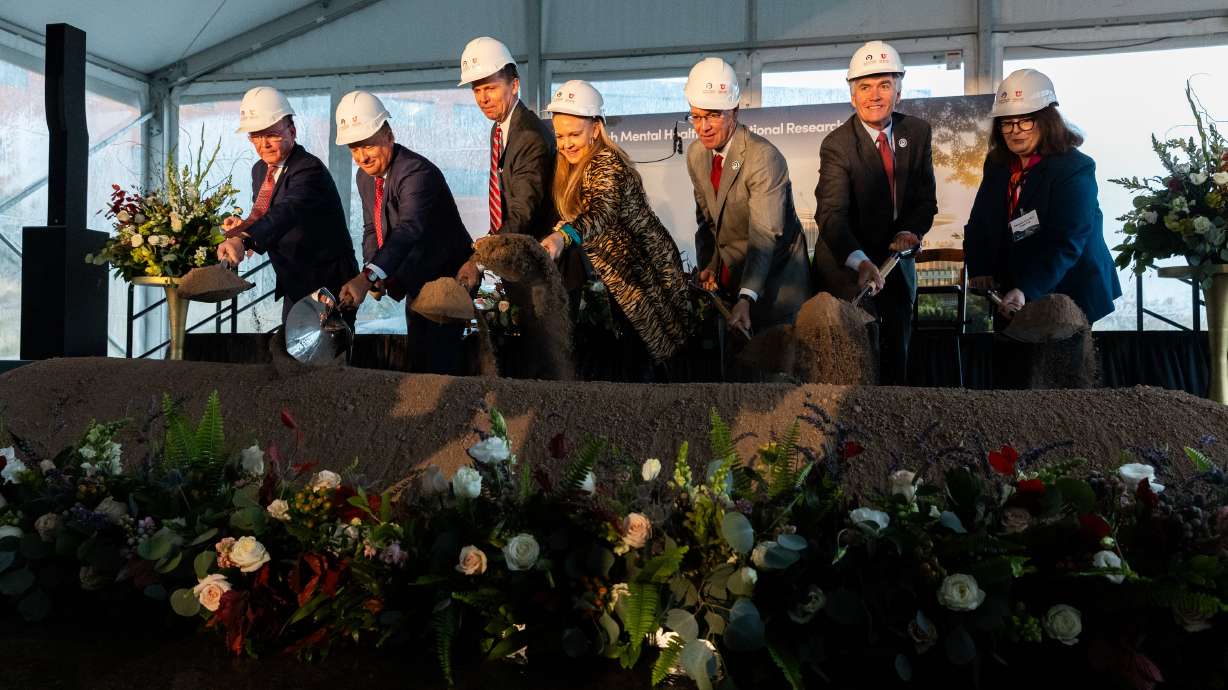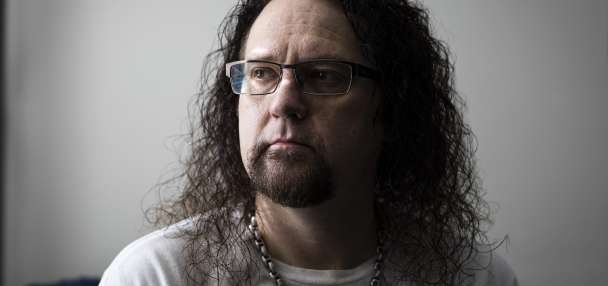- Utah's population growth is driving expansion in health care facilities and services.
- Intermountain Health and University of Utah are investing in new clinics and hospitals.
- Focus areas include primary care, behavioral health, and aging-related services to meet demand.
SALT LAKE CITY — Utah's health care landscape has its own song this summer, and the beat relies heavily on the scrape of shovels, the pounding of jackhammers and the general clatter of construction.
The Beehive State's population is growing, creating need for expanded facilities and health care services. And hospitals, clinics and other providers are responding, opening new facilities or services in growing-population areas or expanding others as community needs change.
Last year alone, the state added more than 50,300 new residents, most of it along the Wasatch Front. As Deseret News reported in February, a report by the Kem C. Gardner Policy Institute at the University of Utah puts the state's population at roughly 3,507,000 residents.
Said John Poelman, interim executive director of the One Utah Health Collaborative, "We expect the Gardner projections include not just raw population growth, but also rising average age and chronic conditions, all of which will drive higher demand for care."
Poelman added that "Utah will need to grow its health care capacity across the board, but especially in areas where we already fall short. Access to primary care, behavioral health and aging-related services are where we should prioritize expansion."
As many of the projects show, others in the health care system agree.
McCall Rowley, vice president of finance for Intermountain Health, sees the burgeoning population clearly, noting that her health system's service areas are experiencing "steady population growth, which is anticipated to continue for the foreseeable future."
In response, Rowley said that "Intermountain is investing in these growing communities by providing primary care access through new clinics, lower cost-of-care settings with imaging centers and ambulatory surgical centers, specialty care with new cancer centers and multi-specialty clinics, and pediatric care with a new pediatric hospital on the Miller Family Campus in Lehi."
The growing population has been accompanied by higher disease incidence, as well. Utah and the U.S. in general are both experiencing an increase in requests for mental health care and services for an aging population, among other needs that must be met.
There's a lot going on.
Bigger population, growing health care need
There's no way to know all the expansions, new centers and other changes happening within the health care arena in any state. But it's easy to find a robust sampling that demonstrates how much needs and those responding to them are changing in Utah. Deseret News has amassed a sampling of renovation, new construction and other projects that hints at how medical care is changing and growing locally.
For instance, in the area of behavioral health, Intermountain has a new inpatient behavioral health unit at Alta View Hospital in Sandy and has replaced and expanded Primary Children's pediatric behavioral health campus in Taylorsville, with financial help from a grant from the state.
University of Utah Health has been just as busy growing its footprint to meet expanded needs.
The University of Utah broke ground in April on a Huntsman Cancer Institute treatment center in Vineyard, touting it as "the Mountain West's only National Cancer Institute-designated Comprehensive Cancer Center." The location in Utah County will provide access to clinical trials, harness artificial intelligence to analyze data, train students in conjunction with Utah Valley University and Brigham Young University and provide treatment for some patients who at this point travel an hour or more each way to receive care.
One of the university's biggest projects is a new hospital and health campus in West Valley City. The Eccles Health Campus and Eccles Hospital broke ground this summer and will open in 2028. University of Utah teamed with the George S. and Dolores Doré Eccles Foundation, which made the largest gift that the university has ever seen — $75 million — to make the hospital and health campus possible.
The $855 million campus will be the university's biggest off-campus medical facility and is projected to serve more than 426,000 patients a year.
Cancer treatment is also expanding. Intermountain is building new cancer treatment centers in Saratoga Springs and Park City. Rowley said primary care clinics like the Deseret Color Clinic in St. George provide access points close to home for those not on the Wasatch Front.
Other recent University of Utah health-related projects include the Kem and Carolyn Gardner Mental Health Crisis Care Center, which opened in late March in South Salt Lake to provide comprehensive mental health care.
In a related move, University of Utah Health will also open a 24/7 walk-in crisis care facility for youth ages 5 to 17 in Research Park. The space has been renovated from its previous life providing adult crisis care and is expected to open later this month.
"The need for a youth crisis care center was identified through a combination of data analysis, community feedback and frontline clinical experience," Anne Stephens, director of the new youth crisis center, said. "Over recent years, Utah has seen a significant increase in the number of children and teens experiencing acute mental health crises-including rising rates of suicidal ideation, self-harm, and behavioral health emergencies. Emergency departments across the state have reported being overwhelmed by the number of youths presenting with mental health concerns, often without the appropriate space or resources to provide age-appropriate care."
She said the goal is to meet demand with a "trauma-informed, child-centered approach that relieves pressure on emergency departments and helps families access timely, compassionate mental health support in moments of crisis."










